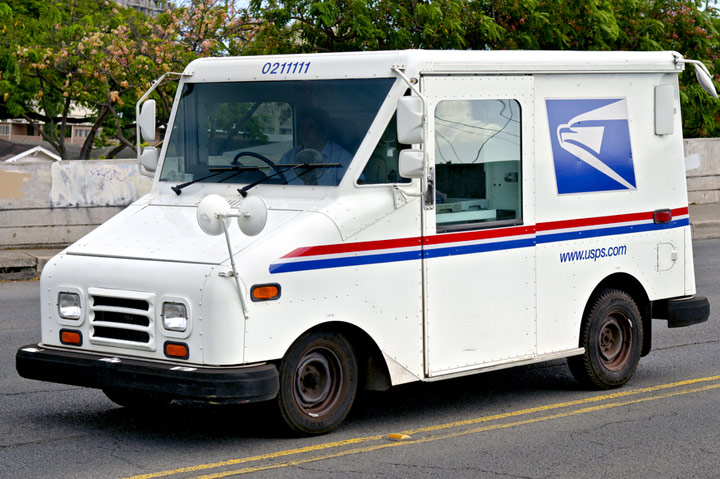News November 15, 2021
Postal Service Warns: Ship Early During Holiday Peak Season
The United States Postal Service expects to deliver 12 billion letters, cards and packages during the holiday season stretch.
As the prime time of the holiday season nears, the United States Postal Service (USPS) is urging customers to ship as early as possible to ensure packages, postcards and letters arrive on time and/or before Christmas.
USPS expects to deliver more than 12 billion letters, cards and packages during the holiday shipping season.

That would be a down a bit from 13 billion letters, cards and packages delivered in the record-setting holiday season of 2020, when social distancing amid COVID-19 drove ecommerce buying and long-distance holiday gifting like never before. Still, the projected 2021 volume is massive, with the Postal Service poised to deliver more mail and packages to homes than any other shipper between Thanksgiving and New Year’s Day. USPS anticipates that it will deliver 850 million to 950 million packages alone during the holiday stretch.
“Regardless of how many packages and greetings you drop in the mail, it's always important to mail your gifts and cards early,” USPS said in a statement.
The Postal Service recommends the following mailing and shipping deadlines for expected delivery by Dec. 25 to Air/Army Post Office/Fleet Post Office/Diplomatic Post Office (APO/FPO/DPO) and domestic addresses:
- Dec. 9 — APO/FPO/DPO (all ZIP Codes) Priority Mail and First-Class Mail
- Dec. 15 — USPS Retail Ground service
- Dec. 16 — APO/FPO/DPO (except ZIP Code 093) USPS Priority Mail Express Military service
- Dec. 17 — First-Class Mail service (including greeting cards)
- Dec. 17 — First-Class packages (up to 15.99 ounces)
- Dec. 18 — Priority Mail service
- Dec. 23 — Priority Mail Express* service
Alaska to/from Continental U.S.
- Dec. 18 — First-Class Mail
- Dec. 18 — Priority Mail
- Dec. 21 — Priority Mail Express
Hawaii to/from mainland
- Dec. 17 — Priority Mail and First-Class Mail
- Dec. 21 — Priority Mail Express
To help meet demand, the Postal Service is expanding Sunday delivery to locations with high package volumes. The logistical move, expected to begin on Sunday Nov. 28, will help USPS deliver what executives estimate will be more than 9.7 million packages each Sunday through the holiday season. Mail carriers will also deliver packages for an additional fee on Christmas Day in select locations.
In anticipation of peak holiday shipping, USPS leased an additional 7.5 million square feet of space across more than 40 annexes. The move, along with the Postal Service’s intention of filling an estimated 40,000 seasonal job positions, will facilitate the processing and distribution of packages, executives said.
Since April, the Postal Service has installed 92 of 112 new package sorting machines. Additionally, more than 50 machines that can sort large packages are expected to be up and running prior to December. The new machinery gives the Postal Service the capacity to process an additional 4.5 million packages each day, according to the organization.
Meanwhile, the Postal Service has also implemented peak-season surcharges. The move has made shipping goods domestically more expensive for promotional products companies and other shippers.
USPS has added the surcharges, which went into effect Oct. 3, on most packages shipped domestically. The surcharges, which remain in effect until Dec. 26, apply to commercial and retail customers, including packages sent by individuals.
Impacted services include Priority Mail Express (PME), Priority Mail (PM), First-Class Package Service (FCPS), Parcel Select, USPS Retail Ground and Parcel Return Service. The surcharges range from $0.75 per package for PM and PME flat-rate boxes and envelopes up to $5 per piece for certain packages that weigh between 21 and 70 pounds.
“These temporary rates,” a statement from USPS reads, “will keep the Postal Service competitive while providing the agency with the revenue to cover extra costs in anticipation of peak-season volume surges similar to levels experienced in 2020.”
